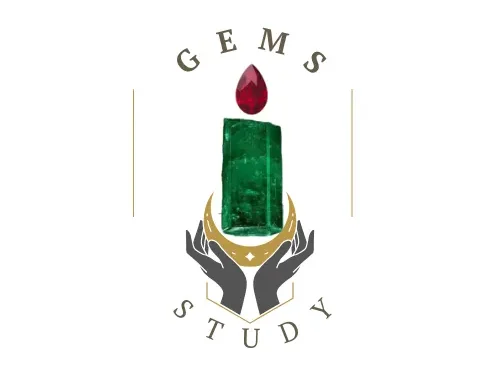Gemstones have fascinated humanity for centuries and captivated our imagination with their astonishing beauty, rarity, and the mystery surrounding their origins. In this blog, we explore the meaning of gemstones, delve into their rich history, discover their different types, discuss the first known discoveries, and learn the meanings of gemstones in various popular languages.
All about gemstones
A gemstone is a piece of mineral crystal, which, in cut and polished form, is used to make jewelry or other adornments. Some rocks (such as lapisl azuli and opal) and occasionally organic materials (such as amber and pearl) are also classified as gemstones. The allure of gemstones lies not only in their physical beauty but also in their rarity and the skill required to extract and fashion them.
History of Gemstones
The history of gemstones began in ancient civilizations, where they were valued not only for their beauty, but also believed to have magical and healing properties. In ancient Egypt, stones such as turquoise, carnelian and Lapis Lazuli were used for jewelry and burials. The Greeks and Romans believed that precious stones could bring protection and good luck, and used them as jewelry and weapons. In India, precious stones have been important in culture and spirituality for thousands of years, with inscriptions detailing their astrological significance. Over time, these stones have continued to attract people from all over the world, representing wealth, power and mystery.
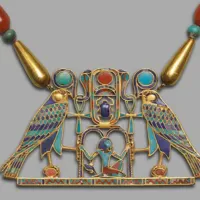
Ancient Egypt
In Ancient Egypt, gemstones like turquoise, carnelian, and lapis lazuli were highly prized. These stones were often used in amulets and burial items for pharaohs, signifying their importance in both life and death.
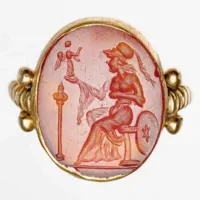
Ancient Greece and Rome
The Greeks and Romans used gemstones extensively in their jewelry and armor. They believed gemstones could offer protection and bring good fortune. For instance, the Greeks believed amethysts protected against drunkenness, while the Romans thought diamonds were splinters of stars.
India
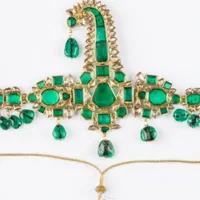
In India, gemstones have been integral to culture and spirituality for thousands of years. Hindu texts, like the Garuda Purana, detail the astrological importance of various gemstones, each associated with a planet and a deity.
Types of Gemstones
Gemstones can be divided into two categories: precious and non-precious. Precious stones include diamonds, rubies, sapphires and emeralds, known for their exceptional beauty, rarity and great value. These stones are historically valuable and are often used in the finest jewelry. Gemstones like amethyst, garnet, topaz and turquoise are abundant and affordable. Although they may not be as expensive as the more expensive , they are still attractive with their unique colors and features, making them a popular choice for many jewelry and decorative items.
Precious Gemstones
- Diamond: Known for its unparalleled hardness and brilliance.
- Ruby: Celebrated for its vibrant red color and rarity.
- Sapphire: Valued for its range of colors, though blue is the most famous.
- Emerald: Renowned for its deep green hue and inclusions called “jardin.”
Semi-Precious Gemstones
- Amethyst: A purple variety of quartz, often associated with calm and clarity.
- Aquamarine: A blue or cyan variety of beryl, symbolizing the sea.
- Topaz: Found in a variety of colors, often golden or blue.
- Garnet: Available in multiple colors, though red is the most common.
Study of gemstones
The exact origins of gemstone discoveries are shrouded in the mists of time, but we have some historical clues:
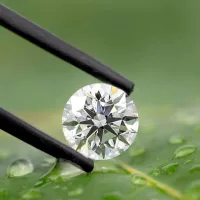
Diamonds
The first diamonds were discovered in India around the 4th century BCE. India remained the world’s primary source of diamonds until the 18th century.
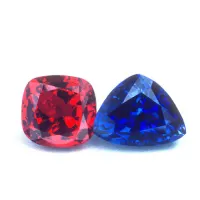
Rubies and Sapphires
Rubies and sapphires have been mined in Sri Lanka and Myanmar (formerly Burma) for over two thousand years. These regions are still known for producing high-quality stones.
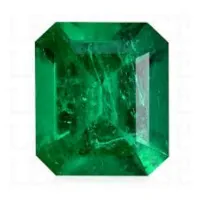
Emerald
Emeralds were first mined in Egypt around 1500 BCE. The Cleopatra Mines, named after the famous Egyptian queen, were among the earliest sources of emeralds.
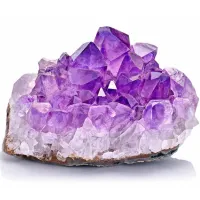
Amethysts
The ancient Greeks discovered amethyst in various locations, including what is now modern-day Turkey. The name “amethyst” comes from the Greek word “amethystos,” meaning “not drunk,” reflecting the belief that it could prevent intoxication.
Meanings of Gemstones in Different Languages
The meanings and significance of gemstones vary across cultures and languages.
English
- Diamond: Symbolizes purity, strength, and eternal love.
- Ruby: Represents passion, courage, and protection.
- Sapphire: Signifies wisdom, loyalty, and nobility.
- Emerald: Denotes growth, reflection, and peace.
Spanish
- Diamante: Representa pureza y fortaleza.
- Rubí: Simboliza pasión y protección.
- Zafiro: Indica sabiduría y nobleza.
- Esmeralda: Simboliza crecimiento y tranquilidad.
Chinese (Mandarin)
- 钻石 (Zuànshí): 象征纯洁和力量 (Xiàngzhēng chúnjié hé lìliàng) – Symbolizes purity and strength.
- 红宝石 (Hóngbǎoshí): 象征热情和勇气 (Xiàngzhēng rèqíng hé yǒngqì) – Symbolizes passion and courage.
- 蓝宝石 (Lánbǎoshí): 象征智慧和忠诚 (Xiàngzhēng zhìhuì hé zhōngchéng) – Symbolizes wisdom and loyalty.
- 祖母绿 (Zǔmǔlǜ): 象征成长和和平 (Xiàngzhēng chéngzhǎng hé hépíng) – Symbolizes growth and peace.
Hindi
- हीरा (Heera): शुद्धता और शक्ति का प्रतीक (Shuddhata aur shakti ka prateek) – Symbolizes purity and strength.
- माणिक (Manik): जुनून और साहस का प्रतीक (Junoon aur saahas ka prateek) – Symbolizes passion and courage.
- नीलम (Neelam): ज्ञान और वफादारी का प्रतीक (Gyaan aur vafadaari ka prateek) – Symbolizes wisdom and loyalty.
- पन्ना (Panna): विकास और शांति का प्रतीक (Vikaas aur shaanti ka prateek) – Symbolizes growth and peace.
Arabic
- ألماس (Almas): يرمز إلى النقاء والقوة (Yarmuz ‘iilaa alnqaa’ walquwwa) – Symbolizes purity and strength.
- ياقوت (Yaqut): يرمز إلى الشغف والشجاعة (Yarmuz ‘iilaa alshaghaf walshajaea) – Symbolizes passion and courage.
- ياقوت أزرق (Yaqut ‘azraq): يرمز إلى الحكمة والولاء (Yarmuz ‘iilaa alhikma walwafaa’) – Symbolizes wisdom and loyalty.
- زمرد (Zumurrud): يرمز إلى النمو والسلام (Yarmuz ‘iilaa alnmu walsalam) – Symbolizes growth and peace.
Conclusion
Gemstones are not just beautiful things; they are filled with history, culture and symbolism. From ancient discoveries to their interpretations in different languages, gemstones continue to fascinate and inspire. Whether you love their popularity or their deeper meaning, gemstones will always have a special place in human society.
